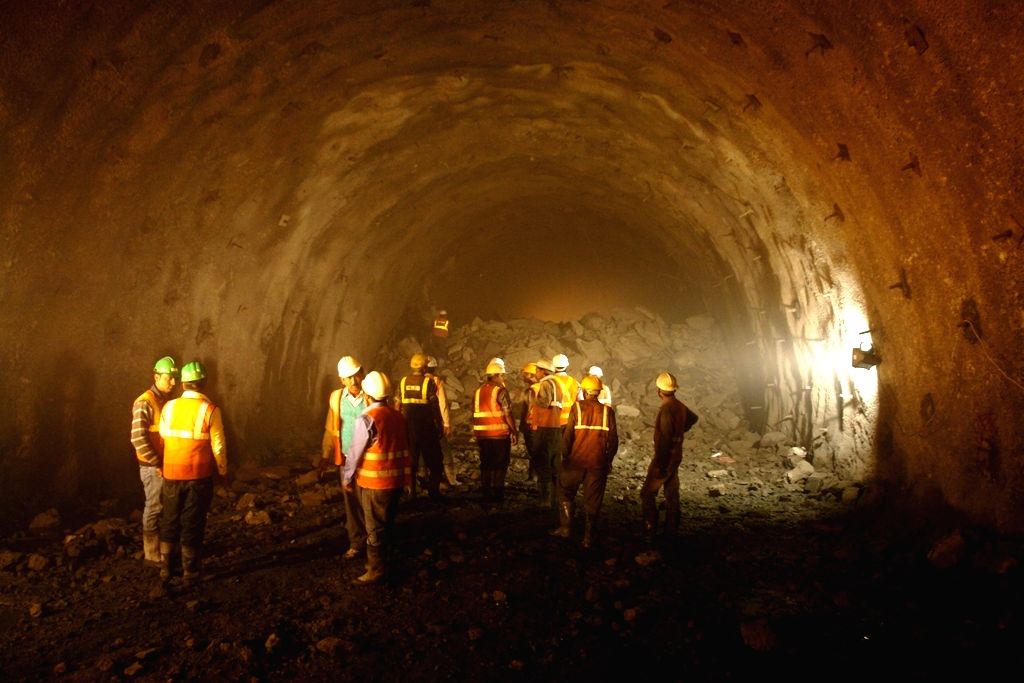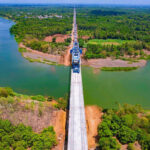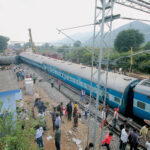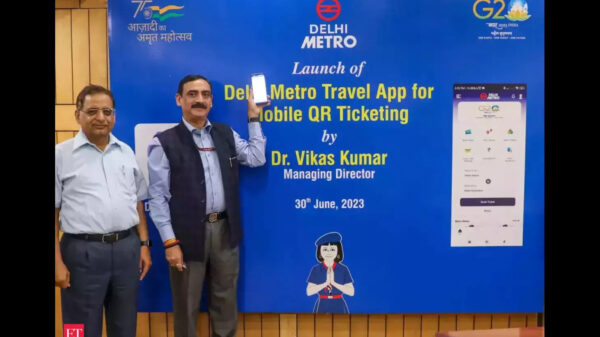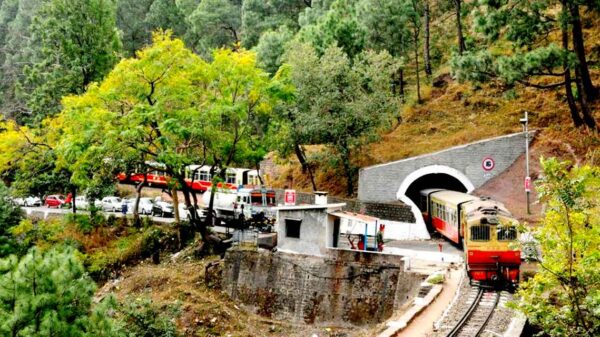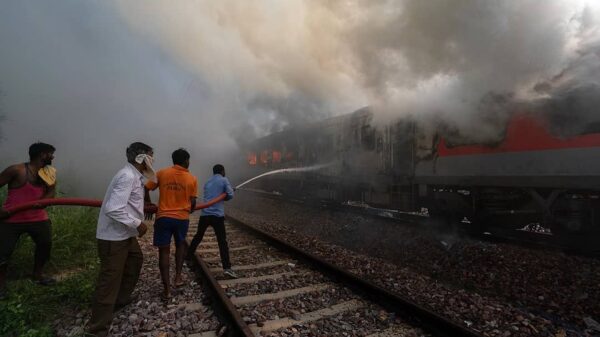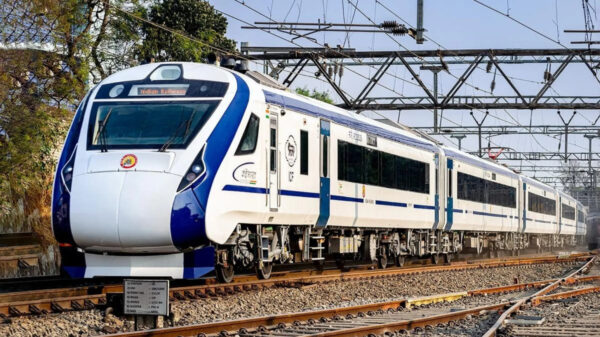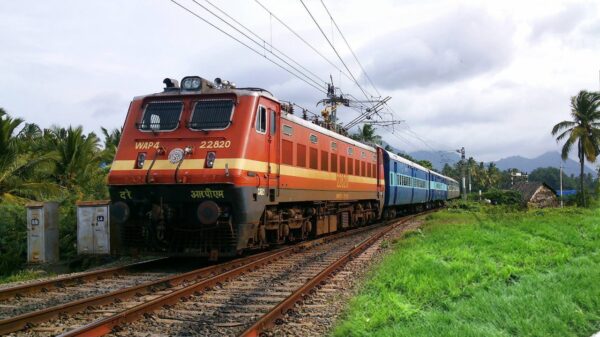NEW DELHI (Metro Rail & Steel) : Engineers of the Indian Railways have triumphed over the formidable Himalayan terrain by pioneering a groundbreaking tunnelling technique for the completion of Tunnel-1, a vital segment of the 111-kilometer Katra-Banihal section within the ambitious Kashmir rail link project. Located at the base of the Trikuta Hills in the Katra-Reasi section of the Udhampur-Srinagar-Baramulla Rail Link Project, the 3.2-kilometer single tube tunnel has been acknowledged as the project’s most formidable and challenging stretch.
Railway Minister Ashwini Vaishnaw recently introduced the (I)-TM, known as the Himalayan Tunnelling Method, specially crafted to tackle the unique geology of the Himalayas and to facilitate the construction of tunnels in the challenging terrain of Jammu and Kashmir. This tunnelling method involves the implementation of pre-excavation support measures to address the intricate “flowing conditions” experienced during tunnel excavation. Additionally, engineers altered the alignment of the rail line to minimize the portion traversing through this demanding region, described as one of the toughest tunneling conditions faced anywhere in the country.
A senior railway engineer involved in the project elaborated on the method, revealing the use of ‘ISHB’ as the support structure, a departure from the traditional lattice girder method employed in the New Austrian Tunnelling Method. Engineers inserted nine-meter pipes into the mountains, creating a structure akin to an umbrella using perforated poles filled with PU grout. This chemical mixture expands the soil’s volume threefold and solidifies it into a rock-like structure, ensuring stability for excavation.
The engineers also integrated stress release holes and wing drainage holes to allow the geological strata to relax and discharge excess water. The daunting terrain had previously impeded progress, but the adoption of this novel tunnelling method marked a turning point in the project. A crucial tunnel that saw work delayed for over three years since 2017 is now on track for completion by early next year. The Katra-Banihal section, stretching 111 kilometers, is predominantly tunnel-based, comprising 27 main tunnels (97 kilometers) and eight escape tunnels (67 kilometers). The section also features 37 bridges, including 26 major and 11 minor ones, further emphasizing the complexity of this remarkable railway engineering endeavor.
